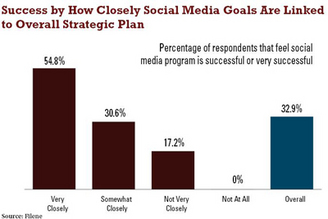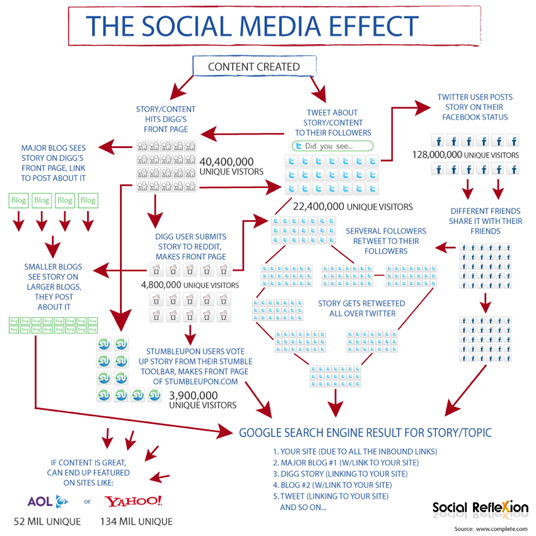News Update – Best of the Day
 IBM just recently published their study “The State of Marketing 2011”. The study that asked 300 online and direct marketers from different companies, industry sectors and sizes gives some interesting insights.
IBM just recently published their study “The State of Marketing 2011”. The study that asked 300 online and direct marketers from different companies, industry sectors and sizes gives some interesting insights.
– Marketers are not only trying to go “measurement, analysis and learning”. The next challenge will be “IT support of marketing needs”.
– Marketers see technology as the key to productivity (let’s bear in mind it is an IBM study).
– Marketers see an integrated marketing solution as the driver of future business. 87% stated interest in a marketing suite that is better integrated.
– Marketers trust in Interactive Marketing. 57% adapt inbound marketing tactics (personalized targeting/messaging) for their Web activities.
– Social Media Marketing stays a challenge. 53% use it currently for their efforts but have to justify their workload with it now.
– Marketers love web data. 92% appreciate the value and importance of Web data. Most of them don’t apply the data to their campaigns though. Just one third thinks they are effective.
– Mobile Marketing is increasing. 43% use it currently for their tactics, 23% planning to start this year.
Craig Hayman, General Manager of Industry Solutions at IBM Software Group, talks in a Forbes interview about IBM’s conclusions from those study findings.
How Social could meet POS? Just look how PepsiCo’s Social Vending System offers full touch screen interactive vending technology, “enabling consumers to better connect with PepsiCo brands right at the point of purchase”. The prototype of the Social Vending System debuted at the National Automatic Merchandising Association’s One Show in Chicago last month. The question is if people really would share their contact details with a machine (humanization of companies?) but the idea is great. Just imagine you could log in with your Twitter account and share with your network how enjoyable it is to have a “Coke” now. I am sure the brands would love you then…
The next wave of the new Passat commercials also surprises with another nice story (although not as brilliant as the Darth Vader one). If I was a surfer, I would have a closer look at those who are jumping in the sea with their boards with me…


 According to the study, companies using Social Media with more than two years of experience are the most likely to report success (57%), while those that have three months or less are least likely (17%).
According to the study, companies using Social Media with more than two years of experience are the most likely to report success (57%), while those that have three months or less are least likely (17%). Almost two years ago, I have written about the development on Twitter that positive comments are not rated in a way they should (in my eyes). Those days I asked the question if the
Almost two years ago, I have written about the development on Twitter that positive comments are not rated in a way they should (in my eyes). Those days I asked the question if the 

 BrightEdge recently uncovered with a
BrightEdge recently uncovered with a  Google published a
Google published a 